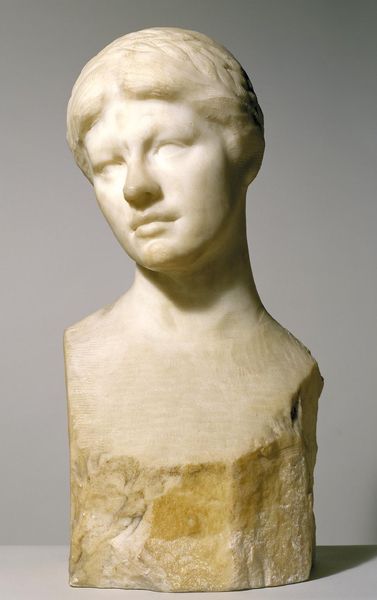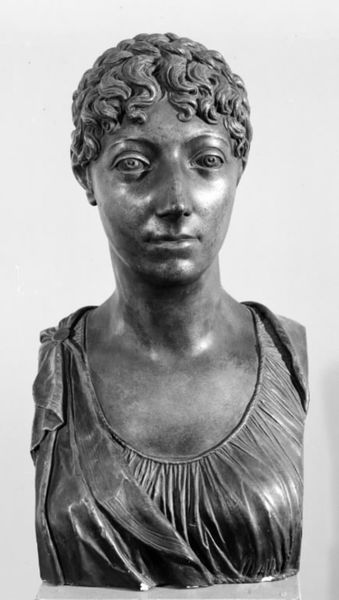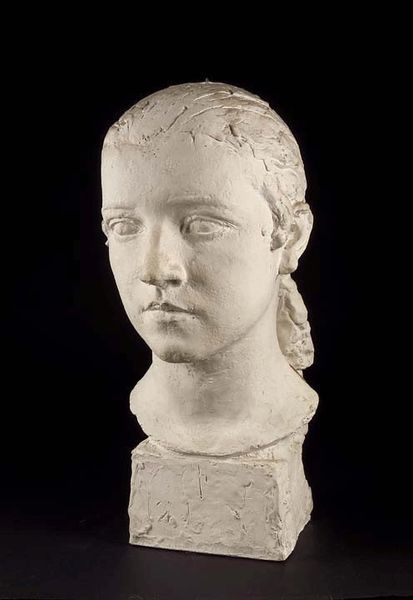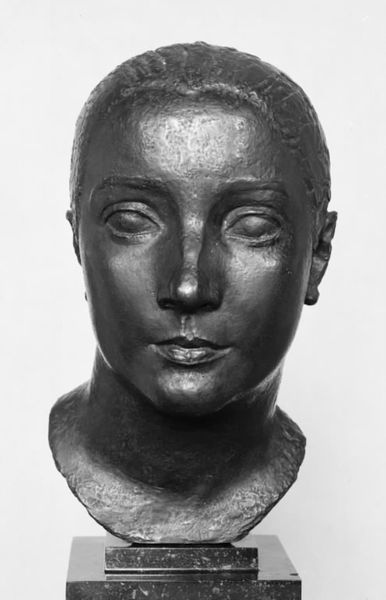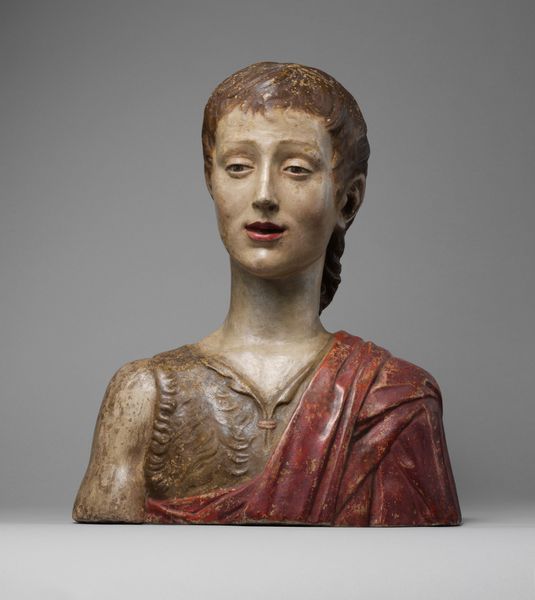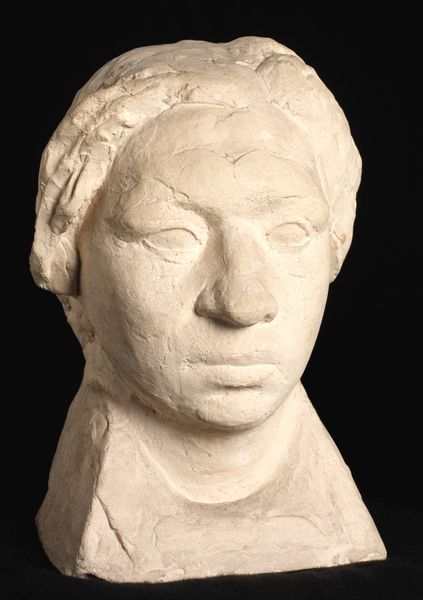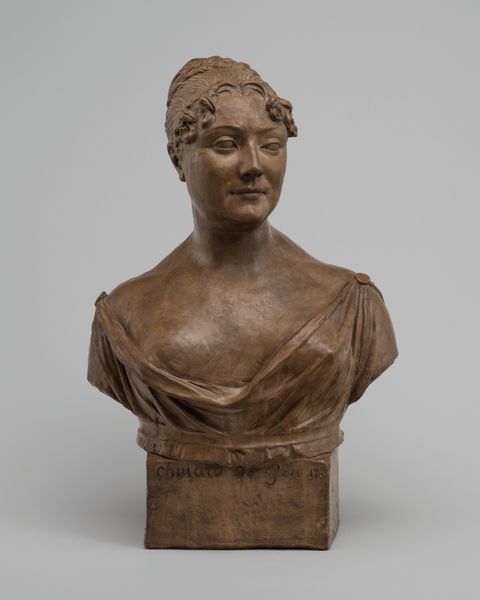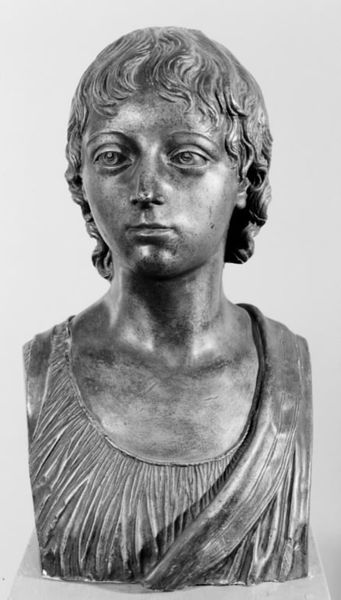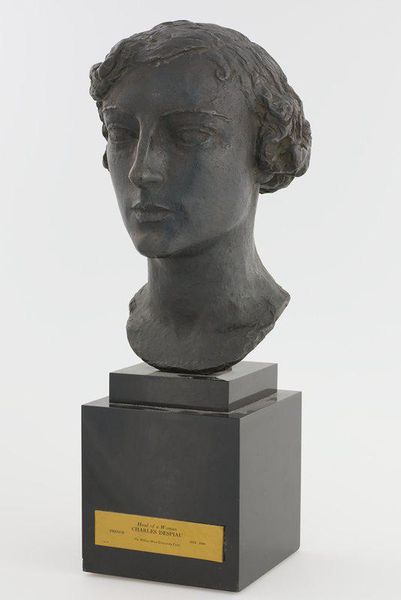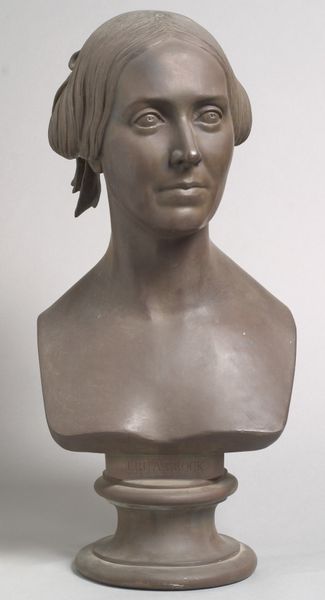
bronze, sculpture
#
portrait
#
sculpture
#
classical-realism
#
bronze
#
figuration
#
sculpture
Dimensions: 31 cm (height) x 17.5 cm (width) x 14.5 cm (depth) (None)
Editor: Here we have Aristide Maillol’s “Portrait of Madame Maillol. Mask” from sometime between 1896 and 1910, rendered in bronze. It’s striking how smooth and simplified the features are. What strikes you most about this sculpture? Curator: I see the hand of the artist. The use of bronze itself is interesting, referencing classical traditions. It signifies a particular value attached to the subject. Think about the foundry, the labour involved in casting - it’s all crucial to understanding the object’s meaning. Editor: So, the material choice isn't just aesthetic; it's loaded with social and economic information. The way the bronze transforms from raw material to a representation of Madame Maillol… that changes everything. Curator: Exactly. The smoothness you noted hides the complex, collaborative work of the artisan, possibly highlighting the taste of its patron. And, notice the "unfinished" base - almost aggressively modern against the classicism of the portrait. Editor: That contrast really brings into focus the act of *making*. What was deemed "finished" or worthy of display in the early 20th century. I never considered how the base contributes meaning! Curator: We're conditioned to view the face, the portrait, but that’s a constructed hierarchy. The value of craft versus "high" art is also interrogated through this conscious presentation of raw material versus carefully rendered features. Editor: This makes me rethink the artist's intentions. The sculpture challenges traditional artistic boundaries. Thanks for revealing those connections. Curator: And thank you for pushing me to see it in a new light too. We both learned.

